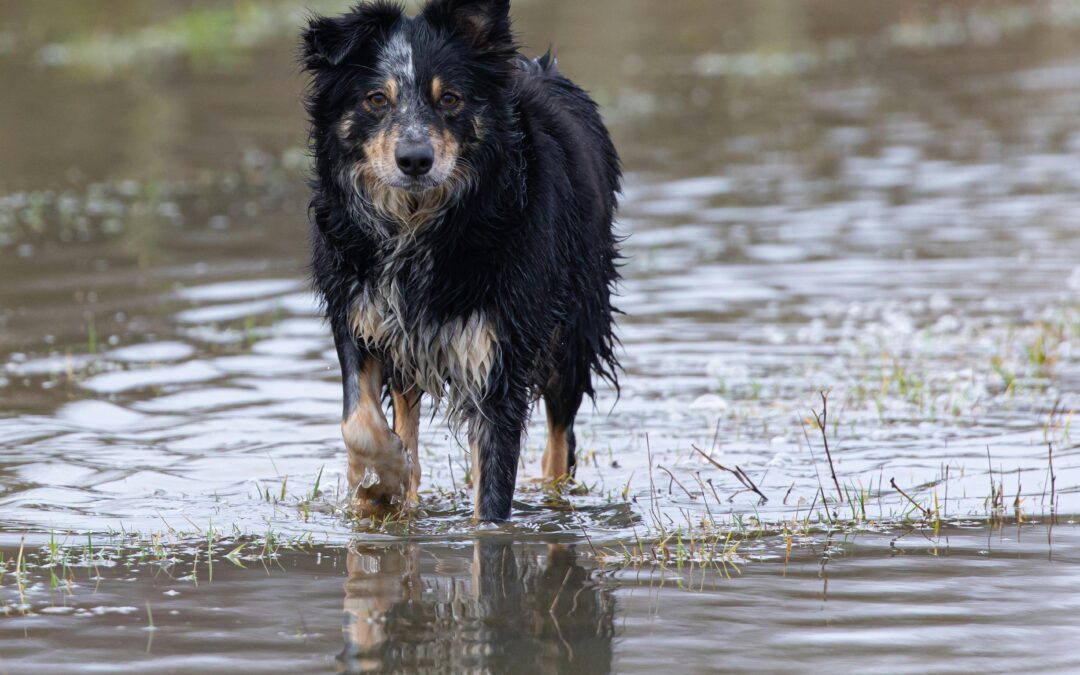Natural disasters don’t just uproot people, they upend the lives of countless animals too. And while most folks are aware of the emergency response efforts from fire departments and EMTs, fewer realize that animal shelters and rescues are also part of the front line. They’re often the unsung heroes—mobilizing in the background to keep pets safe, reunite families, and fill the gaps in our disaster safety nets.
So what exactly happens inside the animal rescue world when floods rise or wildfires threaten entire towns?
How Animal Shelters Support Communities in Disasters
Shelters that serve high-risk regions usually aren’t caught off guard. There’s typically a plan in place so when emergency alerts start coming in, staff and volunteers don’t scramble, they mobilize. That includes gathering supplies, dispatching teams, and clearing space in the shelter to prepare for the influx of animals displaced by the disaster.
Animal shelters don’t sit idly between emergencies, they’re already at or near capacity with adoptable animals. In times of crisis, coordination with nearby shelters and rescue partners becomes crucial to shift existing animals out and make room for those pets affected by the disaster. And with space so limited even with their partner organizations, foster homes become a lifeline.
But response efforts aren’t limited to shelter walls! Staff and volunteers often head directly into the chaos. Whether that’s wading through flooded riverbanks, scouring tornado debris fields, or even entering evacuated fire zones, they’re working hand in hand with government agencies and first responders to find animals who can’t get to safety on their own.
At home base, shelters may transform their facilities into community support hubs, distributing food, crates, leashes, and medical supplies to families who are struggling to keep their pets safe amid displacement and loss. This level of outreach can prevent hundreds of pets from being surrendered simply because families can’t access basic supplies. It’s a powerful reminder that animal welfare isn’t just about animals, it’s also about supporting the people who love them.
Reunification and Recovery for Displaced Pets
As the immediate chaos of a disaster begins to settle, shelters shift their focus toward long-term recovery—both for pets and their people. Animals who were lost or separated from their families during evacuations are given care and monitored while animal shelter teams work to reconnect them with their humans.
At the same time, nearby shelters continue taking in animals from partner organizations, treating injuries, and finding temporary or permanent placements for every animal they can. Again, foster families play a crucial role in this phase, especially those willing to take on pets with medical needs or those waiting to be reunited with their families.
How YOU Can Help Animal Shelters in Times of Natural Disasters
One of the most powerful things about disaster response is how quickly communities rally. In recent natural disasters, some shelters have taken in thousands of displaced animals, moved hundreds into foster care, and coordinated cross-country transports to clear space and save more lives. A powerful example is the response from Austin Pets Alive! after the July 4th Texas floods, where their team took in nearly 2,000 animals in just a few weeks.
But behind numbers like that is a deeper truth: none of it happens without people like you.
Whether it’s a hurricane, fire, flood, or tornado, animal shelters rely on public support to move fast and save lives. One of the most direct ways you can offer support is by signing up to volunteer. For example, the ASPCA National Field Response program deploys volunteers across the country to assist with animal rescue during natural disasters and cases of cruelty. Not every role requires specialized training, and you can sign up online to be part of their on-call response network!
Beyond that, helping can be a lot simpler. Monetary donations are the most immediate and flexible way to contribute as shelters know exactly what they need. From field gear like bite gloves and catchpoles to medical supplies and fuel for transport vehicles, donations let them act without delay. Many also share detailed supply lists during a crisis, including everything from Gatorade and peanut butter for volunteers to flea treatments for incoming pets. Every item matters, and every contribution fuels the work.
But giving doesn’t end when the headlines fade. Animals brought in during a crisis still need care, adoption, and long-term foster homes. Shelters that cleared their kennels during the emergency then face the challenge of rebuilding, and that’s where continued support becomes just as critical as the initial response.
Natural Disaster Response
Natural disasters may come and go from the headlines, but the need for support is constant. Whether it’s a wildfire in the mountains, a hurricane along the coast, or flooding in low-lying communities, animal shelters are always among the first to respond—and often the last to recover.
These events aren’t isolated. They’re part of a larger truth: the need never truly stops. In every region and every season, animal shelters are preparing, rescuing, rebuilding, and relying on everyday people to help them keep going. Because the success of disaster response isn’t just measured in the number of animals rescued. It’s built on the compassion, consistency, and small acts of support from the communities that surround them.
Donating.
Fostering.
Volunteering.
Because when the next storm comes—and it will—it’s these everyday actions that make the biggest difference.
